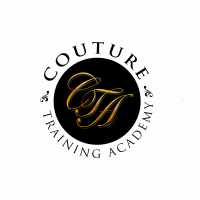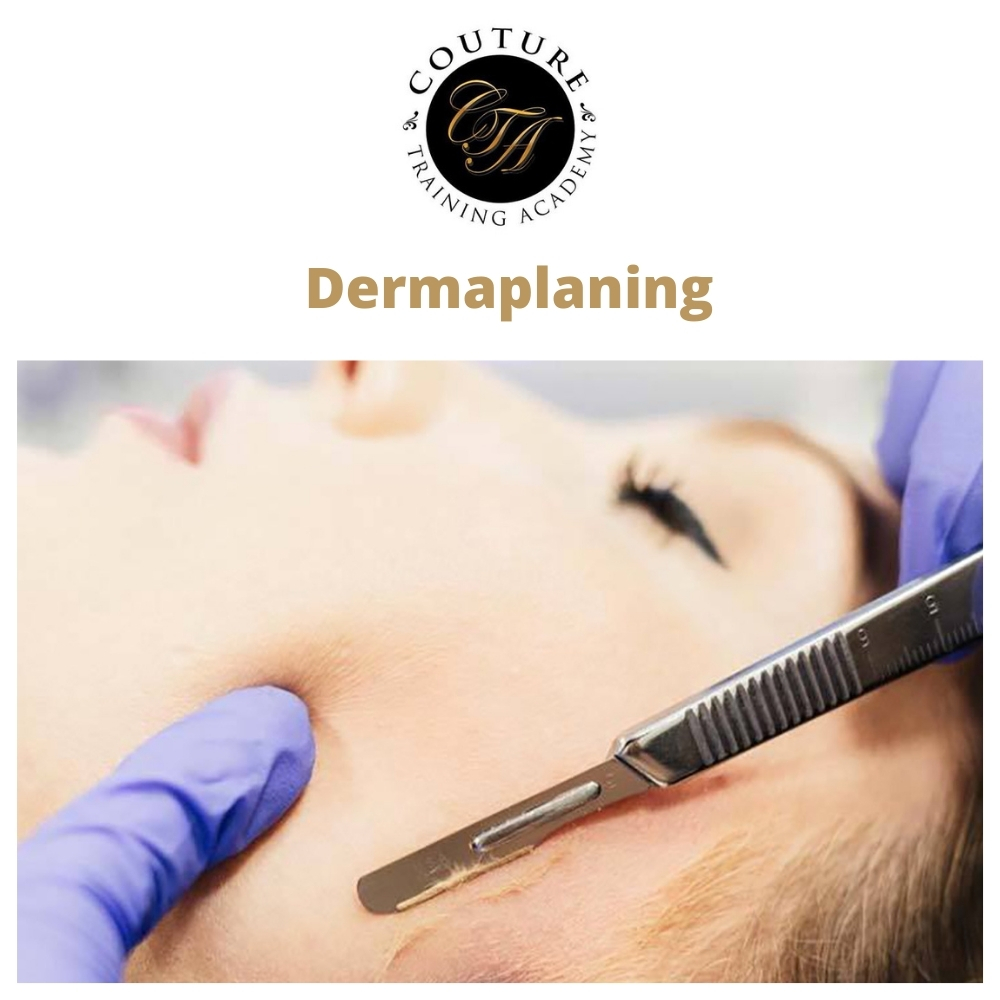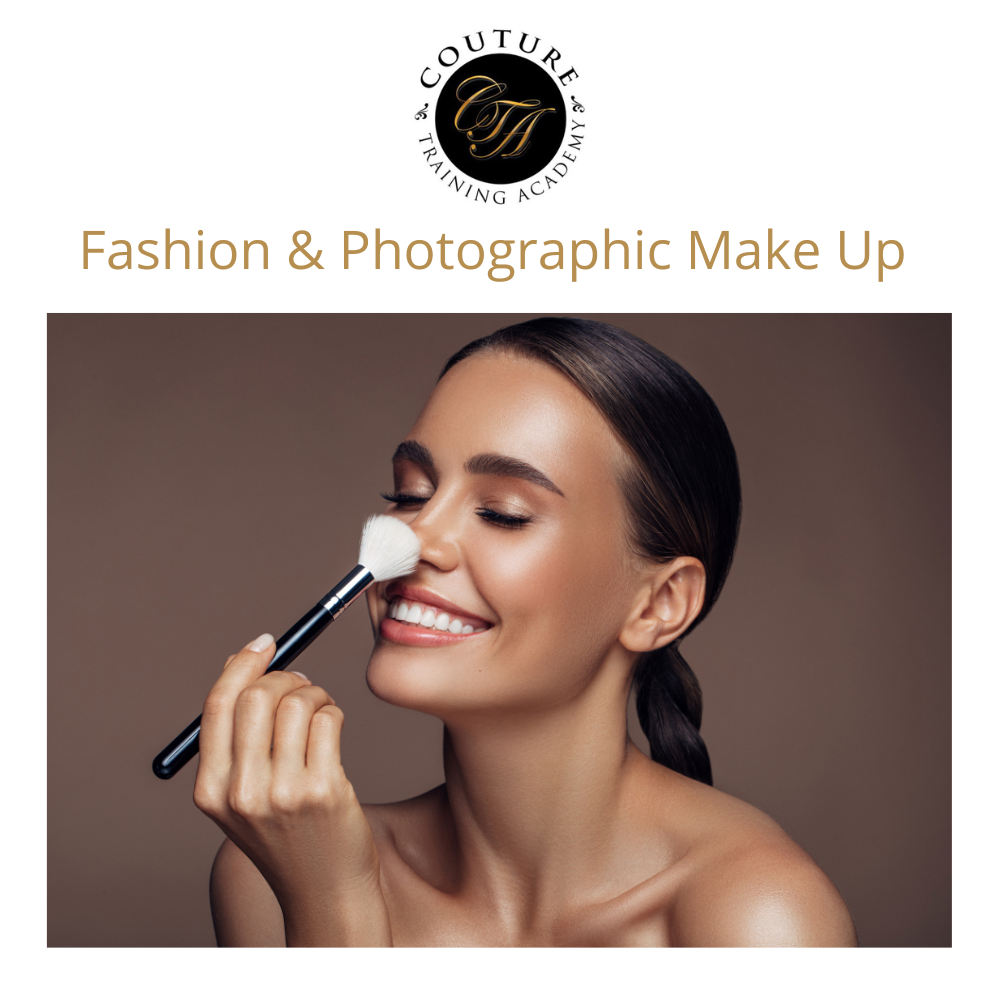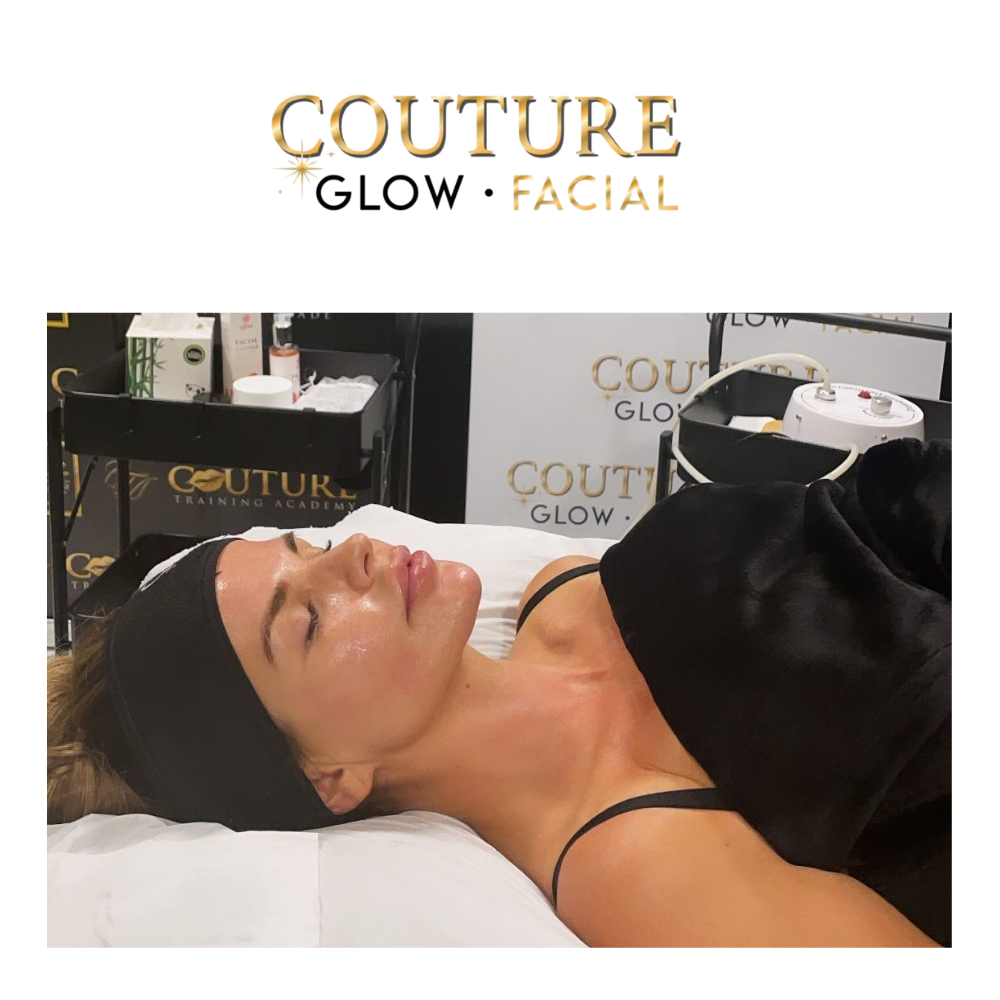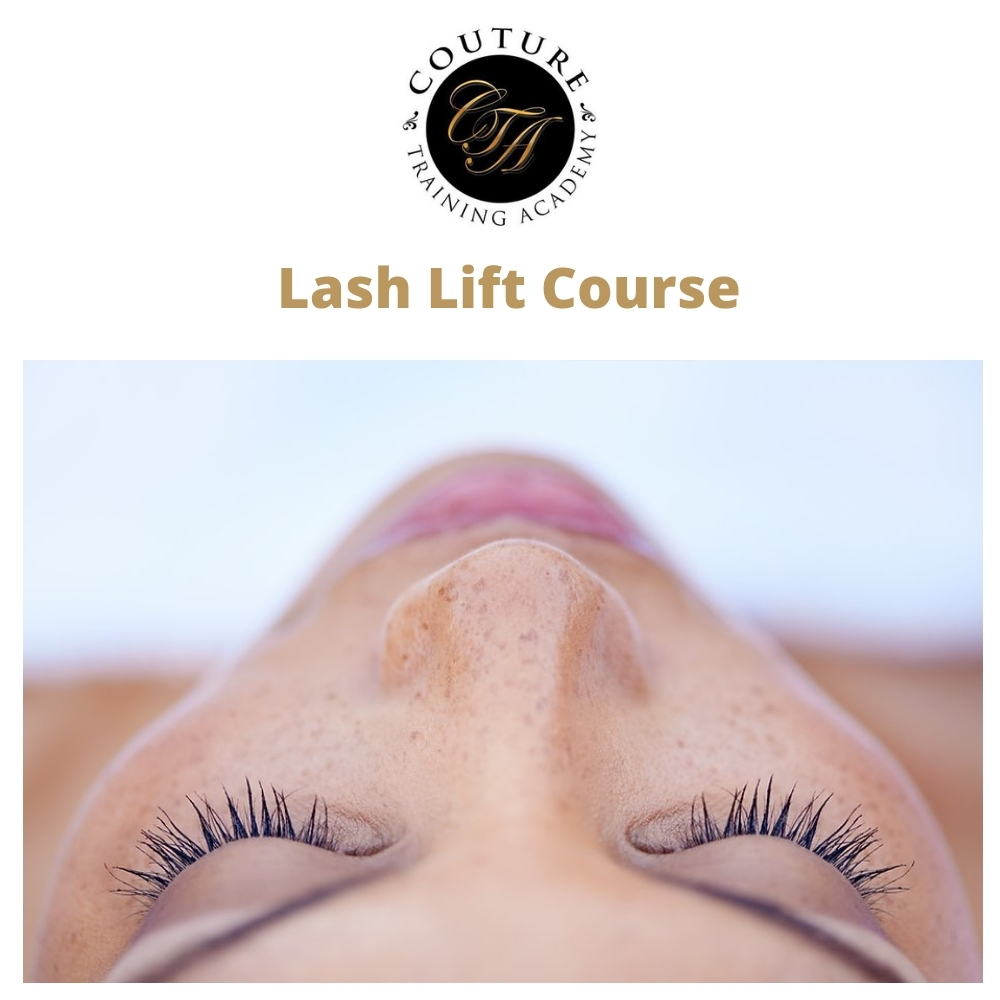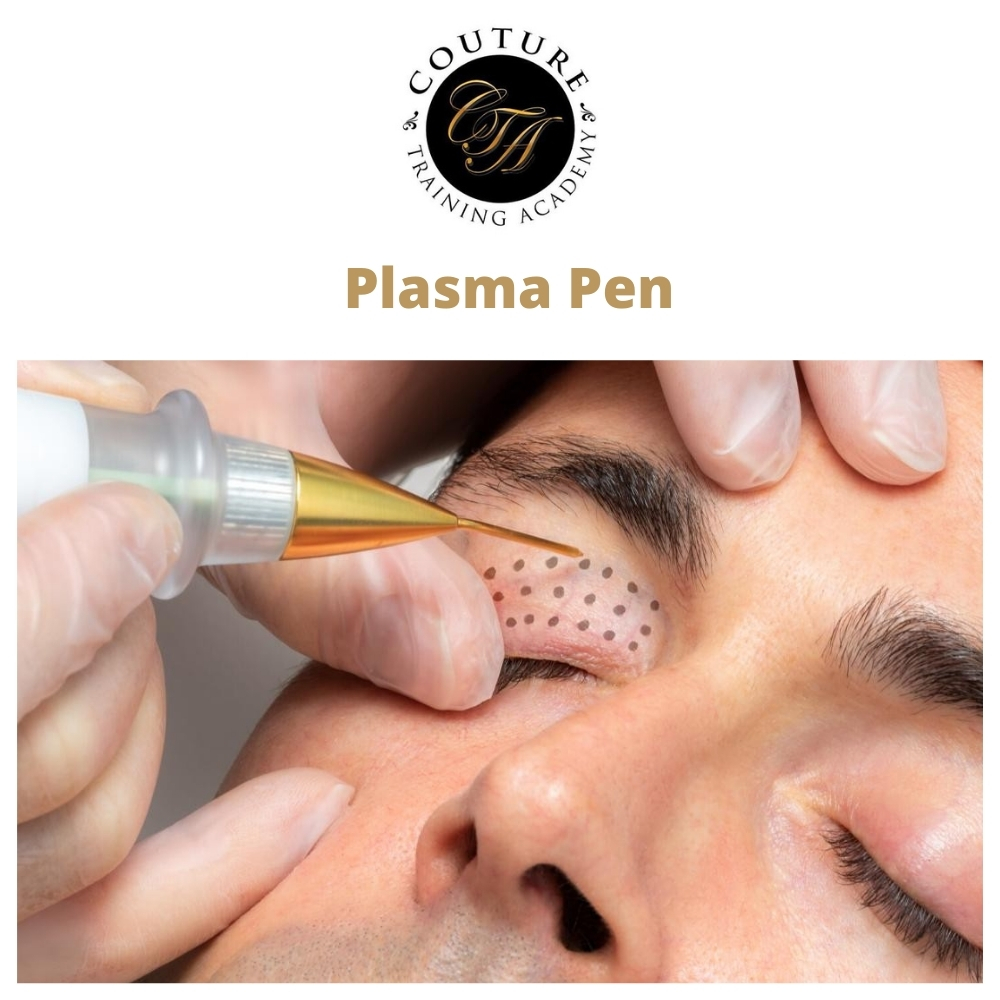Description
Dermaplaning is a simple and safe procedure for exfoliating the epidermis and ridding the skin of fine vellus hair (peach fuzz). It has been used for many years and has recently became popular as a celebrity must have treatment.
Skin care professionals must make sure dermaplaning is within their scope of practice before doing the procedure.When clients hear the word dermaplaning, they quickly associate the term with the procedure known as dermabrasion. Dermabrasion is a different procedure in which the skin is abraded down to the dermis using a whisk like device. There can be complications associated with dermabrasion, including infections and scarring, which is why it is not commonly used anymore. Dermaplaning, on the other hand, is a simple physical exfoliation of the epidermis.
Dermaplaning uses a surgical blade to perform a deep exfoliation. The edge of the scalpel is used at a 45-degree angle to scrape the build-up of dirt and oils in and around the skin and vellus hair.
The vellus hair is completely removed during the process leaving skin ultra-smooth and creating the perfect base for make-up application.
Although merely an old wives’ tale, many patients are often concerned that the hair will grow back heavier and darker after dermaplaning. This is not the case. As long as the hair is superficial vellus hair, it will grow back at the same rate and texture as before the treatment. This has been proven within our clinic as records have been recorded on a regular basis.
You can expect to see an instant improvement in skin texture and tone, while the long-term effects are increased cell turnover, fewer wrinkles and dark spots, reduction of acne scarring, and the removal of fine facial hair.
Dermaplaning is the ultimate glow treatment, skin is instantly ultra-smooth, glowing and refreshed, When combined with other therapies results are amplified.
Dermaplaning is three times as effective as microdermabrasion alone and creates the perfect base for makeup application.
Because dermaplaning is a quick procedure with few to no adverse effects, it has quickly gained popularity among cosmetic medical providers across the world. Using a scalpel and a delicate touch, the technican simply abrades the surface of the skin using light feathering strokes.
This is a great treatment to offer to patients who are pregnant or nursing who want a deep exfoliation, but are not allowed to use peeling agents on their skin. It is also a first choice for patients who have excess vellus hair on the skin. This hair often causes a buildup of dirt and oils in the follicles, so removing the hair gives the patient healthier looking skin.
Course Requirements: Most of our Courses require a minimum of a Level 3 in Beauty Therapy or something equivalent, so please check with the team as we can work on a solution through training so that you to meet the requirements and any missing requirements can be added to the training as and when required.
If you do not have this then you will need to do our Anatomy and Physiology Course
Course Content:
- Theory
- Understanding the equipment
- Health, Safety and Hygiene
- Skin and tissue anatomy
- Client consultation
- Demo procedure
- Protocol and forms
- Client aftercare
- Case Studies
A Certificate is issued upon successful completion of this accredited course and we will supply you with a direct link to reputable insurers.
Our training is accredited and insurable, requirements may vary from insurer to insurer so we ask all students to check with their own insurer before booking any courses.
Our Courses have been especially adapted and can be learnt via our exclusive online training portal and in your own comfortable environment.
